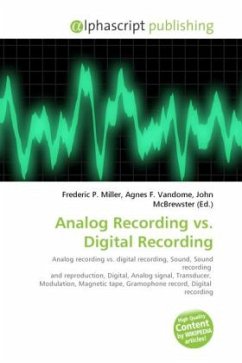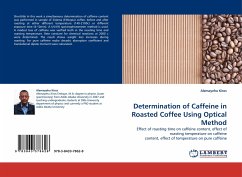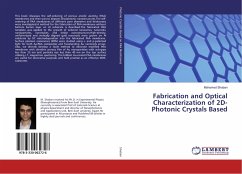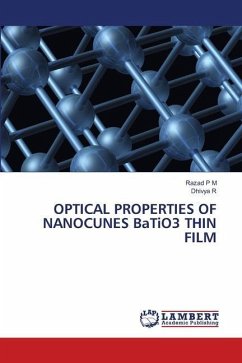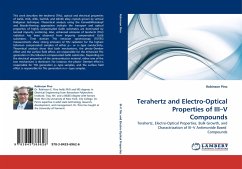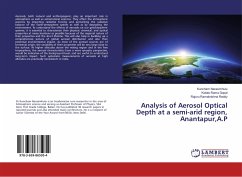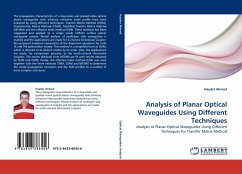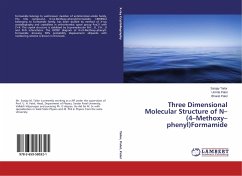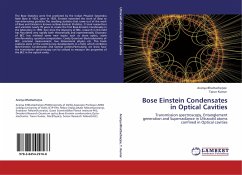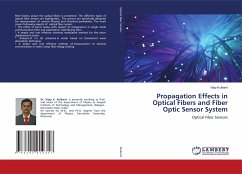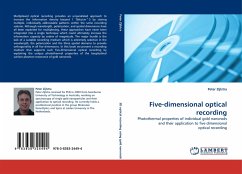
Five-dimensional optical recording
Photothermal properties of individual gold nanorods and their application to five dimensional optical recording
Versandkostenfrei!
Versandfertig in 6-10 Tagen
39,99 €
inkl. MwSt.

PAYBACK Punkte
20 °P sammeln!
Multiplexed optical recording provides an unparalleled approach to increase the information density beyond 1 Tbits/cm^3 by storing multiple, individually addressable patterns within the same recording volume. Although wavelength, polarization, and spatial dimensions have all been exploited for multiplexing, these approaches have never been integrated into a single technique which could ultimately increase the information capacity by orders of magnitude. The major hurdle is the lack of a suitable recording medium which is extremely selective in the wavelength, the polarization and the three spa...
Multiplexed optical recording provides an unparalleled approach to increase the information density beyond 1 Tbits/cm^3 by storing multiple, individually addressable patterns within the same recording volume. Although wavelength, polarization, and spatial dimensions have all been exploited for multiplexing, these approaches have never been integrated into a single technique which could ultimately increase the information capacity by orders of magnitude. The major hurdle is the lack of a suitable recording medium which is extremely selective in the wavelength, the polarization and the three spatial domains to provide orthogonality in all five dimensions. In this book we present a recording medium that supports such ve-dimensional optical recording by exploiting the unique photothermal properties of the longitudinal surface plasmon resonance of gold nanorods.



